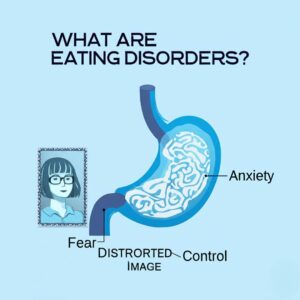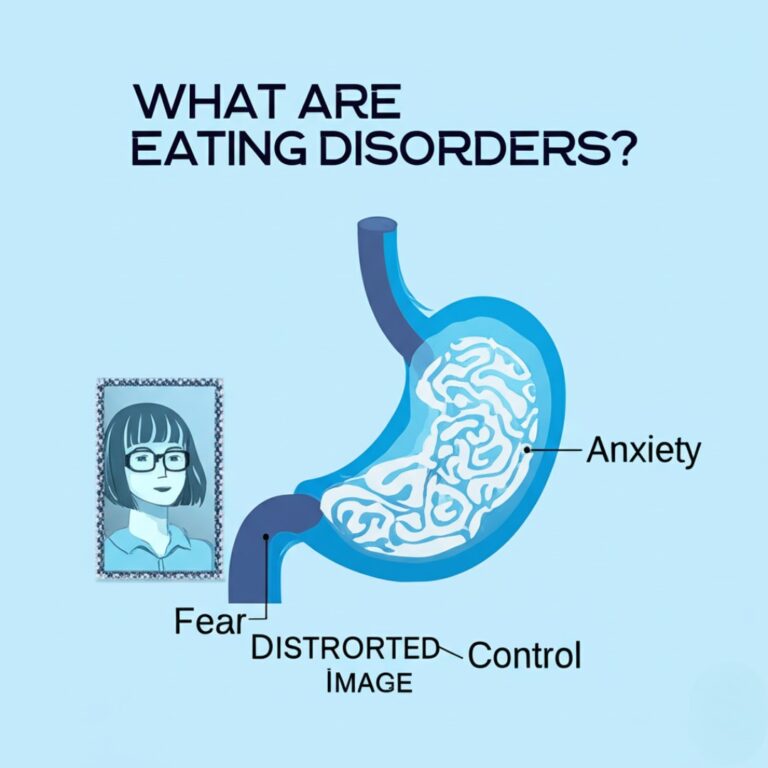Today, for anyone to be able to have even a slight understanding of mental health and disability, a definite must is to learn about its intersection. It will not only touch on individuals’ well-being but shape strategies for public health, inclusiveness in society, and development of policies. A real understanding of barriers to mental health faced by disabled people will create a better environment where everyone can feel inclusive and supported.
Understanding Disability: A Multifaceted Concept
Disability literally means physical, sensory, intellectual, or mental health-related conditions which affect numerous aspects of a person. It can be said that as per World Health Organization (WHO) figures, about 1.3 billion people are affected in one way or the other; this is almost 16% of the world’s population. Such statistics show the reasons why the demands and challenges unique to such a vast demographic need consideration. Source: World Health Organization (WHO)
The Prevalence of Mental Health Issues Among Individuals with Disabilities
Research supports the fact that in comparison with adults not having disabilities, those having disabilities are at an additional risk of developing mental disorders.. According to CDC statistics, about 32.9% of adults with disabilities have experienced frequent mental distress, which is defined as 14 days or more of mentally unhealthy days in the past 30 days.This figure is almost thrice the proportion of adults who do not have a disability and thus, equally it rings alarm bells and serves to indicate an area in need of interventions.
Besides, data from America’s Health Rankings show that adults with disabilities are 3.5 times more likely to experience frequent mental distress than their non-disabled peers. This disparity calls for mental health services and support systems for people with disabilities.
Hence, disabled adults are prone, according to research, to mental complications. A study by the Centers for Disease Control and Prevention (CDC) shows that out of these adults, 32.9% have experienced recurrent mental distress- that is defined to 14 or more mentally unhealthy days in the last 30 days. The adults without a disability are three times lower in the proportion to compare this figure from the adults with the disability and, therefore, should ring in alarm and indicate areas of need-identification for interventions.
In America’s Health Rankings, adults who have-in fact-compared with the non-disabled counterparts-will likely exercise a frequency of mental distress that is 3.5 times more probable to happen between 662-66763656. This difference points towards a vital area for interventions within and frameworks of implementation for mental health services and support systems towards people with disabilities.America’s Health Rankings
Contributing Factors to Mental Health Challenges in the Disabled Community
Some factors account for the higher prevalence of mental health issues among people with disabilities:
1. Social Isolation and Stigma
Barriers at the physical level, social misconceptions, and discrimination create social exclusions for many people with disabilities. This indeed sets the grounds for feelings of loneliness, depression, and anxiety due to isolation. The National Alliance on Mental Illness (NAMI) reveals that many people suffer from trauma-stressing from agonizing treatments and social discrepancies.The result is mental health challenges.NAMI
2. Healthcare Access Barriers
Those with disabilities face many more obstacles in accessing healthcare services and facilities, including mental health care. These barriers can result due to physical inaccessibility, transportation, and restricted comprehension by the service providers of disability-specific needs. These challenges can delay or can prevent timely mental health support for these individuals..Alvarado Parkway Institute
3. Economic Disparities
Economic instability which is a commonly found scenario that arises out of unemployment or underemployment, often aggravates poor mental health. Besides, disabled persons are discriminated against in the job market, apparently forcing them into an endless financial strain, and so it is known as a risk factor for mental health disorders.
4. Ableism and Discrimination
Ableism can be defined as the prejudice and discrimination against people with disability. That would lead to a negative self-image, as well as societal exclusion. Discrimination takes different forms, from open to implicit exclusion, contributing to mental health difficulties. Yale School of Medicine
The Bidirectional Relationship Between Mental Health and Disability
It becomes extremely important to understand that the causation between mental health and disability is a two-way street. Disabilities can put one at risk for mental problems, while mental health problems can disable one. To cite an example, severe depression can block people from functioning in their daily activities, thereby becoming a disabling condition.
According to the National Institute of Mental Health, over one in five American adults experiences a mental illness, ranging from mild to very severe. This helps in paving avenues to see how mental disorders can add to disability.
Addressing Mental Health Disparities in the Disabled Population
To lessen the mental health disparities facing individuals with disabilities requires a multifaceted solution:
1. Enhancing Accessibility to Mental Health Services
It is needless to say that physical accessibility and consideration for a variety of limitations in human services will always be a prime consideration; sign language interpreters for deaf patients, wheelchair-accessible facilities, and material in accessible formats must be made available.
2. Training Healthcare Providers
Training healthcare professionals regarding the peculiar challenges that people with disabilities face can improve their care. A full understanding of the intersectionality between disability and mental health allows them to empathize and, in so doing, support the patients better.
3. Promoting Social Inclusion
Creates chances for socially engaging people in community participation to mitigate the feeling of loneliness. Programs and activities involving everyone and all people with disabilities enable them to build on belongingness and good mental health.
4. Implementing Anti-Ableism Campaigns
It becomes possible to counter discrimination by holding public awareness campaigns that oppose ableist attitudes and represent acceptance. If we tackle societal biases, we can make an environment that is much more supportive of persons with disabilities.
5. Providing Economic Support
Economic pressure for people with disabilities can be relieved by programs for financial assistance and employment opportunities designed for them. Financial security and stable employment serve as protective factors against mental health disorders.
The Role of Policy and Legislation
Government policies are the tools that enable recognition of the mental health demands of persons with disabilities. The legislation needs to be put in place to have accessibility standards, protect against discrimination, and avail funds for specific services in mental health for persons with disabilities.
There is a recent instance in the United States in which the Americans with Disabilities Act, the intent of which was to prohibit discrimination based on disability and guarantee an equal opportunity to service and opportunity, became the focus of much debate. On the other hand, laws need to be constantly assessed and updated in order to respond to the new challenges and guarantee all possible protection for all.
The Impact of COVID-19 on Mental Health Among Individuals with Disabilities
The catastrophe that has been inflicted upon the world in relation to COVID-19 has, in general, put more pressure on persons with disabilities than on the common masses. More than that, however, it has made the already horrifying difference in mental health of afflicted people worse. Increased mental distress in this population has several important causes: isolation measures, disruption of routine care, and increased health risk.
Conclusion
That intersection between mental health and disability needs some serious attention, awareness, and action. Mental health problems for individuals with disabilities develop under a set of circumstances that are often singular: social isolation, barriers to healthcare, expectations of economic discrepancy, barriers to healthcare, and outright discrimination. Tackling such situations involves a more collective approach, not limited to facilitating better access to mental health service provision, training health professionals, promoting social inclusion, enacting anti-ableism programs, and assuring economic security.
That is, government policies and legislation, which include protections such as the Americans with Disabilities Act, provide the legal basis for the rights of individuals with disabilities against discrimination
Skill and accountability are developed by such an approach.
The policies and the legislation under which that is done, include protections such as the Americans with Disabilities Act, providing the legal basis for the rights of individuals with disabilities against discrimination.. Continuous efforts are still needed in order to update the professional concerns due to newly found ones and effectively accommodate support.
By emphasizing mental health for persons with disabilities, society creates a full arena where members can enter and thrive. Open dialogue, policy revisions, and proactive intervention will bring about great change in reducing the mental health disparities created in this community.
FAQs
Does mental illness qualify for disability?
Oh, yea, it would as long as it was significantly impairing daily functioning and fitting the criteria of disability programs such as SSDI or SSI.
How can I prove my mental health disability?
You should submit radiographs, doctor’s opinions, treatment past, and a description of daily activities which your condition restricts.
What not to say in a disability interview for mental health?
Do not embellish or minimize your symptoms or say you are “fine” when you are not; do not defy your medical records-simply be straightforward and clear about any limitations.
Can my doctor put me on disability for depression and anxiety?
Although your doctor can furnish medical evidence, it is Social Security or the insurance companies that will determine your disability eligibility based on the severity of your conditions.








